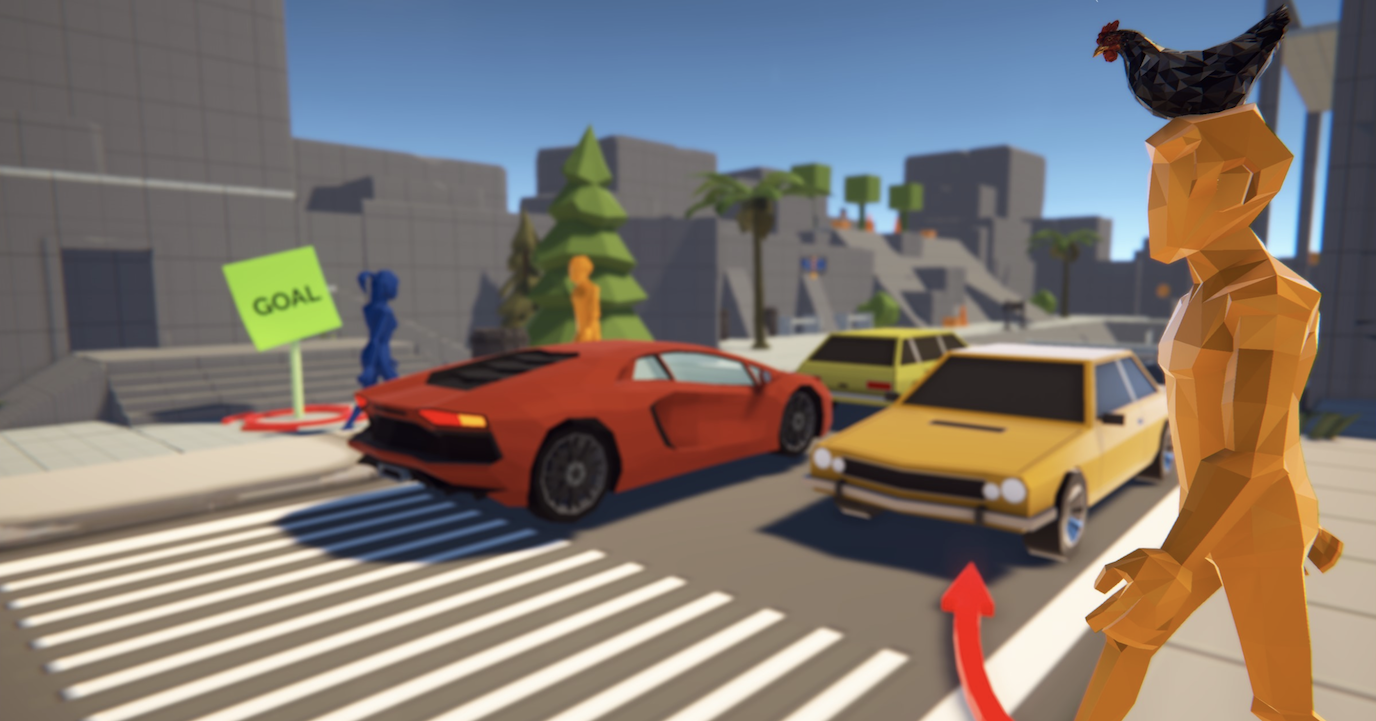Why did the human cross the Road?
[2] University of Cyprus

Abstract
“Humans at rest tend to stay at rest. Humans in motion tend to cross the road – Isaac Newton.” Even though this response is meant to be a joke to indicate the answer is quite obvious, this important feature of real world crowds is rarely considered in simulations. Answering this question involves several things such as how agents balance be- tween reaching goals, avoid collisions with heterogeneous entities and how the environment is being modeled. As part of a preliminary study, we introduce a reinforcement learning framework to train pedestrians to cross streets with bidirectional traffic. Our initial results indicate that by using a very simple goal centric representa- tion of agent state and a simple reward function, we can simulate interesting behaviors such as pedestrians crossing the road through crossings or waiting for cars to pass.
Links
Citation
author = {Charalambous, Panayiotis and Chrysanthou, Yiorgos},
title = {Why Did the Human Cross the Road?},
year = {2019},
isbn = {9781450369947},
publisher = {Association for Computing Machinery},
address = {New York, NY, USA},
url = {https://doi.org/10.1145/3359566.3364696},
doi = {10.1145/3359566.3364696},
booktitle = {Motion, Interaction and Games},
articleno = {47},
numpages = {2},
keywords = {proximal policy optimization, reinforcement learning, crowd simulation, animation, traffic simulation},
location = {Newcastle upon Tyne, United Kingdom},
series = {MIG '19}
}
 V-EUPNEA
V-EUPNEA